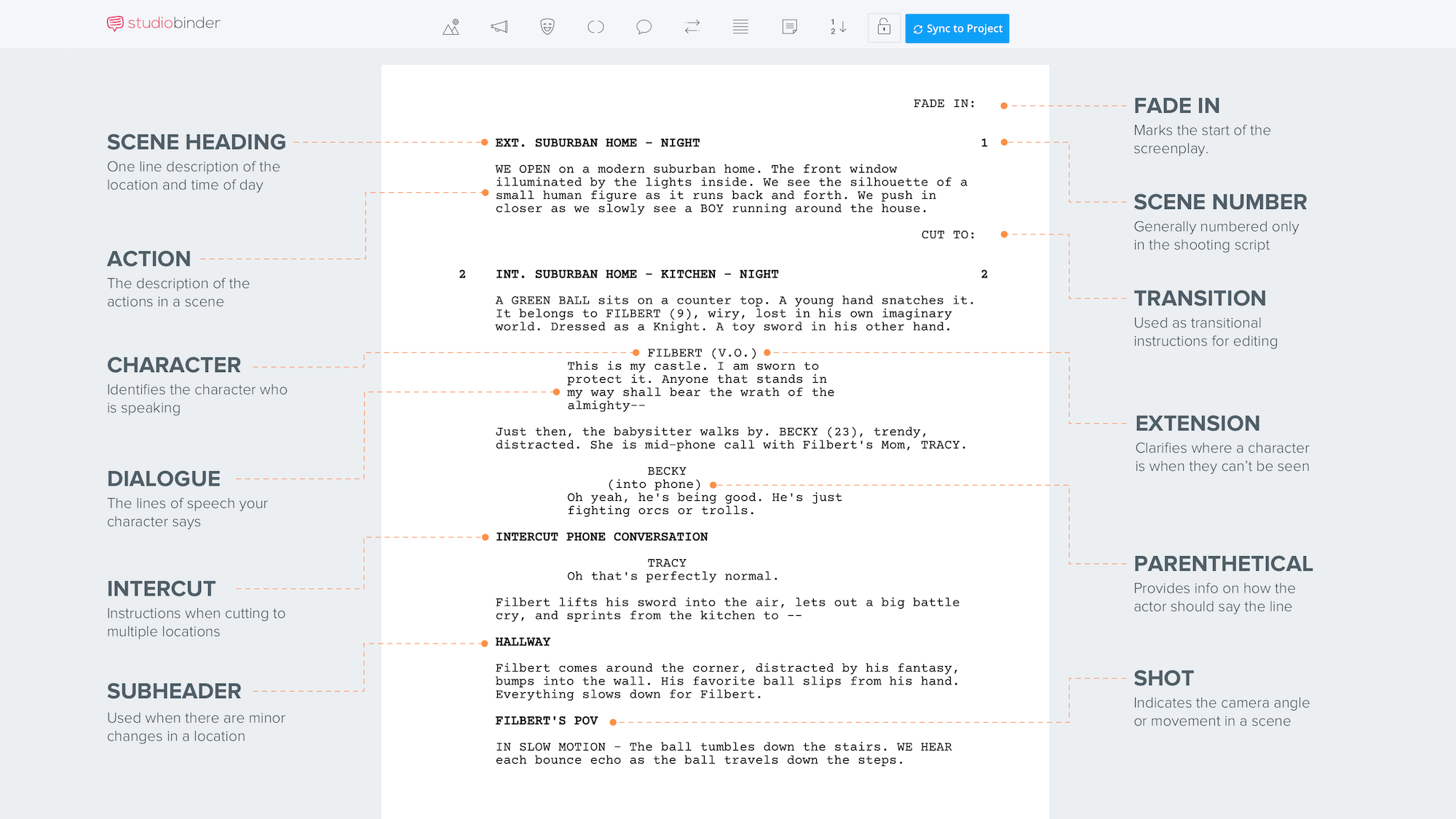Hello blog welcome back! I am excited to share that other the past couple of days I have done a tremendous amount of research about screenplays. I found this video on youtube that articulates on rules for writing a screenplay.
The first rule is to make sure that everything is connected directly. Anything you say in a screenplay has to connect with everything else said because if it doesn't the audience will catch on to these certain mistakes. The second rule is that chronological order, logical order, and psychological order are irrelevant; the only thing that matters is dramatic order as if you hook the audience properly, it doesn't matter where you go in the story after that hook because the audience will figure it out. The third rule is to understand that the audience is the main character in the story. Pleasing the audience is what makes great directors great.I also did some research on how to format a screenplay. A screenplay is is the model for every video game, TV series, and feature film. Character movements, speech, and actions are all included in scripts, along with stage direction.
Scene heading, sluglines, are the first element featured on a screenplay. These heading inform the reader the location and the time of the scene taking place. The first thing to do when writing sluglines is to determine if the situation is inside (INT.) or outside (EXT.) Add the scene's location next, then the scene's time of day (day, night, morning, evening, etc.). The action lines are directly below the slugline. In particular, action lines inform the reader of what, aside from conversation, they may expect to see and hear in the final product.There are also some very important capitalization rules which we also learned about in class. When a character first appears in an action or description, their name should always be capitalized. Similarly, screenplay transitions should always be capitalized. In addition, you capitalize significant objects, sound effects, and camera motions. After the action/description, when a character speaks, we start with their name. A character ID is centered, capitalized, and dialogue is placed beneath.
Dialogue is always placed on the center margin to allow space for notes. Parentheticals are also placed in the center margin right under the characters name and above the dialogue. Parentheticals are instructions to the performer; they specify the right way to deliver the sentence.
There are some websites in which you can create a screenplay using their screenwriting software. Mrs. Stoklosa recommended Celtx. We will begin writing our script throughout the next couple of days and hope to finalize it by the end of this week!
See you next time!

No comments:
Post a Comment